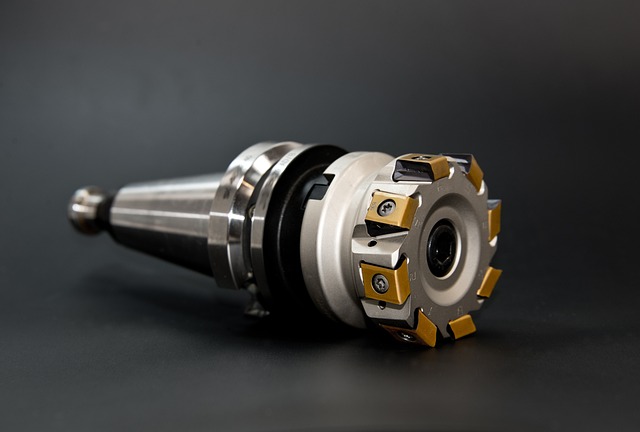
Exploring the Future of Simulation: Machine Interface in Virtual Reality, Augmented Reality, and Metaverse
The evolution of technology has always been intertwined with the concept of simulation, bringing forth realms that allow users to experience environments and interactions far beyond their physical constraints. In this exciting digital transformation, the machine interface takes center stage, acting as the bridge between human intent and digital reality. Whether we find ourselves fully immersed in virtual reality (VR), merging with the real world through augmented reality (AR), or exploring a vast expanse in the metaverse, the machine interface plays a pivotal role in shaping our experiences.
Virtual reality offers a complete immersion into artificial environments, allowing users to leave behind their physical surroundings. Imagine strapping on a VR headset and finding yourself in a distant galaxy or walking through the bustling streets of a historic city. In this world, the machine interface is critical; it translates your body movements and voice into commands, allowing you to interact with the digital environment seamlessly. Through haptic feedback and motion tracking, VR technology empowers individuals to engage and react as if they were truly present, invoking feelings of wonder, fear, and adventure.
On the other hand, augmented reality enriches our existing reality rather than replacing it. With a simple glance at your smartphone or through AR glasses, digital elements can be overlaid onto the real world. Here, the machine interface takes on the form of intuitive gestures and visual cues, enhancing our perception of everyday environments. Picture walking through a city while receiving directional guidance projected onto the sidewalk, or shopping for furniture by seeing how a new couch would fit in your living room. This integration of advanced simulations into our daily lives not only augments our physical surroundings but also opens new pathways for communication and commerce.
As we delve into the metaverse, the role of the machine interface expands even further. This collective virtual space, where users can socialize, create content, and conduct business, requires sophisticated interfaces that can accommodate vast numbers of simultaneous interactions. Here, the boundaries blur between VR and AR, allowing users to seamlessly transition between engaging in a digital concert or discussing business in a virtual office space. The machine interface facilitates these interactions, enabling a fluid exchange of information and creativity in a shared environment.
What makes these technologies truly transformative is not just the immersion or enhancement they provide, but the emotional connections they can foster. The machine interface serves as the conduit for empathy, allowing users to step into another person’s shoes, experience their joys or struggles, and forge lasting connections. As simulation technologies continue to evolve, they enable individuals from all walks of life to share stories and experiences, ultimately building a richer tapestry of understanding in our increasingly digital world.
As we look towards the future, it is essential to recognize the potential that lies within the machine interface. It acts as a catalyst for innovation, allowing us to explore new forms of creativity, collaboration, and communication. The integration of VR, AR, and the metaverse will not only reshape how we interact with technology but will also redefine our very existence in a world where the tangible and the digital coalesce seamlessly. Embracing this future will require not just technical adjustments but a mindset open to the possibilities that await beyond the horizon.


